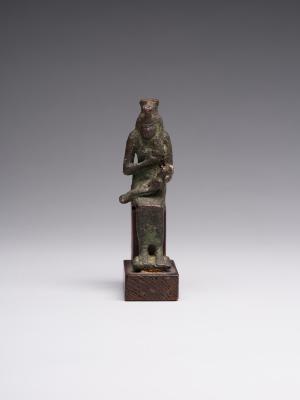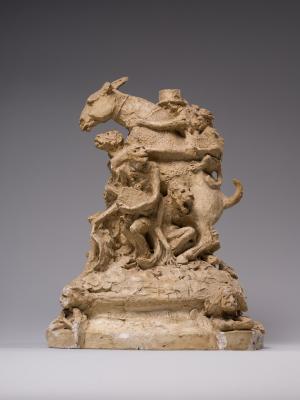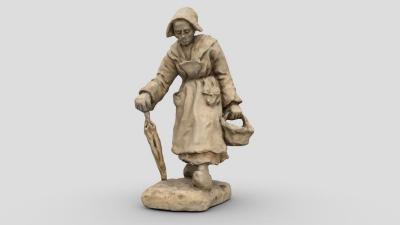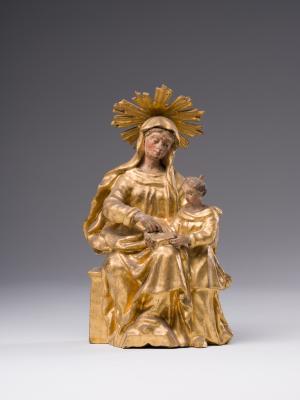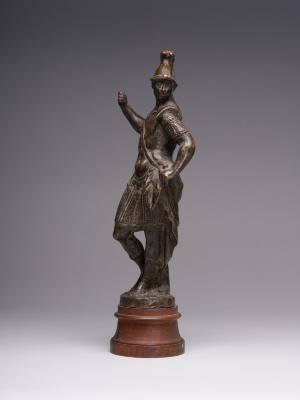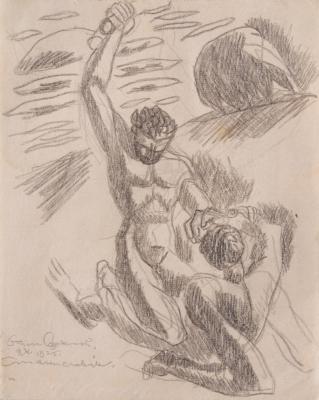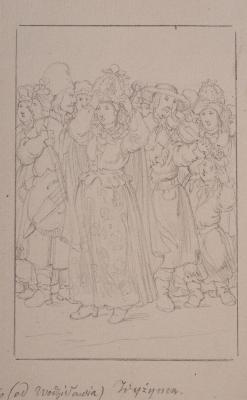Jan III Sobieski (1629–1696) of the Janina coat of arms, King of Polish-Lithuanian Commonwealth, Grand Duke Lithuanian, and since 1674, Grand Duke of Rus. He was born on 17 August 1629 in Olesko Castle. The son of Jakub Sobieski (1580–1646), the castellan of Krakow, and Teofillia Danilowicz, daughter of Jan Danilowicz (1570–1628), the voivode of Ruthenian Voivodship. He was married to the Frenchwoman Marie Casimire (1641–1716). Jan III Sobieski proved to be an able and courageous military leader. His military talent for a long time guaranteed the calm of the Polish-Lithuanian Commonwealth on its southern borders. After the battle of Khotyn (1673), he was elected King of the Polish-Lithuanian Commonwealth and crowned on 2 February 1676. He won the battles against the Ottoman army in Vienna and Parkany (1683). Pope Innocent XI granted Jan III Sobieski the honorary title of Defensor Fidei (Defender of the Faith) and Orthodox Majesty. He was also a patron of culture and the arts. The painting depicts Jan III Sobieski on horseback against a blue sky and clouds. The king is represented in the knight's armour. The figure is copied from the Italian painter Martino Altomonte's Battle of Vienna, where, at the bottom, Jan III is on a horse, standing on his back legs. The objects depicted under the horse's feet are interesting: the clothes of a Turkish warrior, a turban, a shield and a sabre. This is how the provincial artist symbolically conveyed the victory of the King of the Polish-Lithuanian Commonwealth over the Turks. In the Lviv National Art Gallery collection, there is another work with a similar composition Ж-6066.






